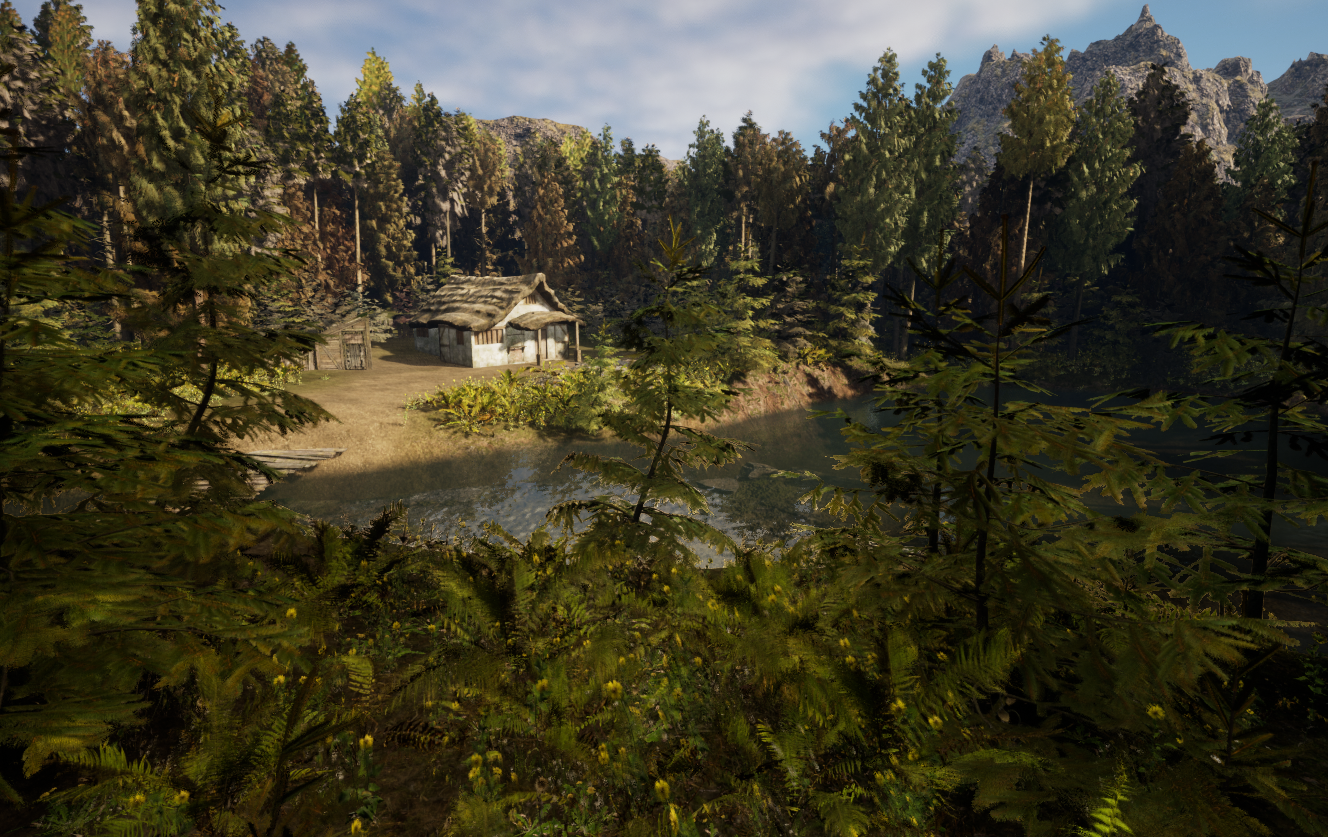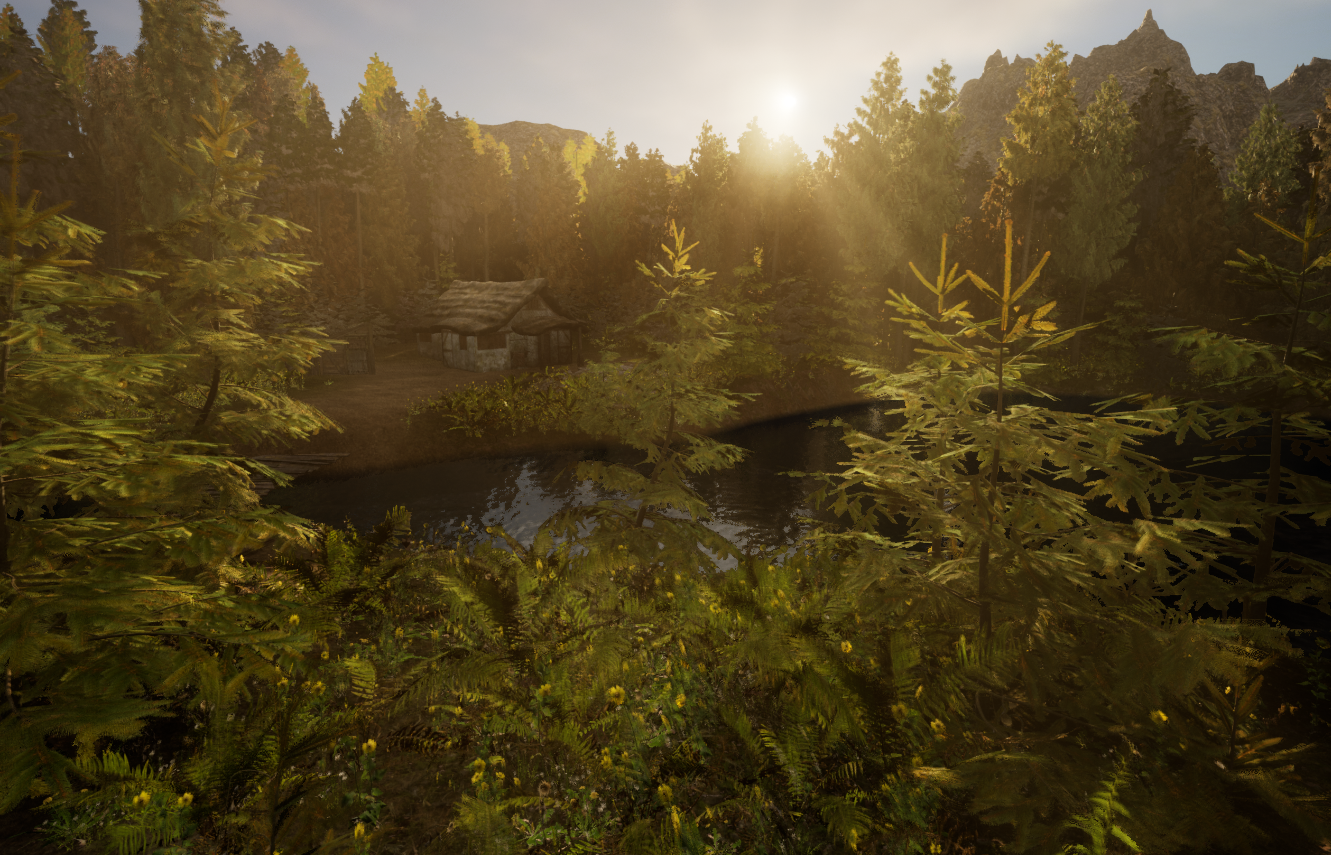DirectX11 Renderer
Currently researching how to develop a renderer using the DirectX11 Library and C++. I have made some great developments since taking my first University Graphics class but I still have a lot to learn about programming using C++ and the WinAPI. There is a lot to learn about DirectX; I intended to reimplement what I learned in the C# XNA framework and bring that into this project and more! GitHub Repo


Kagurazaka Customer Simulation
This project was developed during a study abroad trip to Tokyo, Japan I took while at ASU. This study abroad program was in partnership with Waseda University. This simulation was created using C# and the Unity game engine. This simulation shows the main street of Kagurazaka in Tokyo and the restaurants. Each customer will have a party of friends that they would like to enter the restaurant with, if the restaurant is full the customers will wait until the other customers leave. The simulation shows that the option where customers will leave to go to another restaurant results in less angry customers and less time to go home. Angry customers are marked by the color red and will return immediately to a train station and green customers are happy and will return home.
Various Graphics Exercises
In Spring 2023, I researched a lot about Computer Graphics and using HLSL. Below is some projects where I implemented many different graphics programming techniques in the C# XNA framework. Below are some examples: Catmull-Clark Subdivision and Adaptive Tessellation, Screen-Space Ambient Occlusion, and Cube Mapping and Refraction Shaders. You can find more about these projects and the other techniques I learned such as Vertex Displacement, Bump Mapping, Shadow Mapping, and Reflections in my GitHub Repository.



My own Game Engine
During Fall 2022 I developed my own Game Engine using the MonoGame/XNA framework using C# and HLSL for graphics programming. This project was very important to my interest in Game Engine development and Graphics development. As a display of the work I did in the engine, I created a 3D maze game complete with sounds and 3D graphics. In the game, entitled Overtime, you must collect 3 documents before you can go home for the day. In the office, your boss is searching for you and if they catch you, you must work overtime. The pathing for the boss AI is a modified A* search algorithm, using some 3D math, when the boss sees you down the hall they will come running after you so you must sneak around. The maze uses bump and normal mapping to quickly create the maze geometry and there is some trigonometry used for the animation curves.
Unreal Engine 5 Environment
A very simple forest and cabin scene to learn the tools inside of Unreal Engine 5. This was a good jumping point for my next Unreal Engine 5 project.



Algorithm Visualizer
Using the SFML Graphics library with C++ as the main language, I created a visualizer for various sorting algorithms. Each algorithm sorts through 100 random integers and uses 2-Dimensional white rectangles to visual these numbers. When a rectangle is being selected to be sorted, it is highlighted green and a sound-frequency is played through the devices speakers to strengthen the idea of sorting. This visualizer has implementations of Heapsort, Quicksort, MergeSort, Bubble Sort, Insertion Sort, and Selection Sort as well as a reshuffle action at the press of a button.

Personal Website
This website was built using HTML and CSS to display, Me. This website is hosted on GitHub pages and uses Git for version control.
3D Unity Game
Parts Not Included: A 3D dimensional puzzle game made in Unity3D using C#. I worked on a team to design and develop this game following Agile/Scrum methodology. I handeled the enemy design, AI pathing, animation states, and assisted in general systems. Read more about it on: Itch.io

Amazon Alexa Skill
Choose-Your-Own-Adventure Game audio-text based Alexa skills that works on the Alexa home devices. Completed in a week in High School.
Chameleon LED Shirt
Using an Arduino, I worked with a team to create a shirt that changes colors to a color that the attached glove touches. The RGB sensor on the finger sends values which we used to change the RGB LEDs underneath the shirt.















